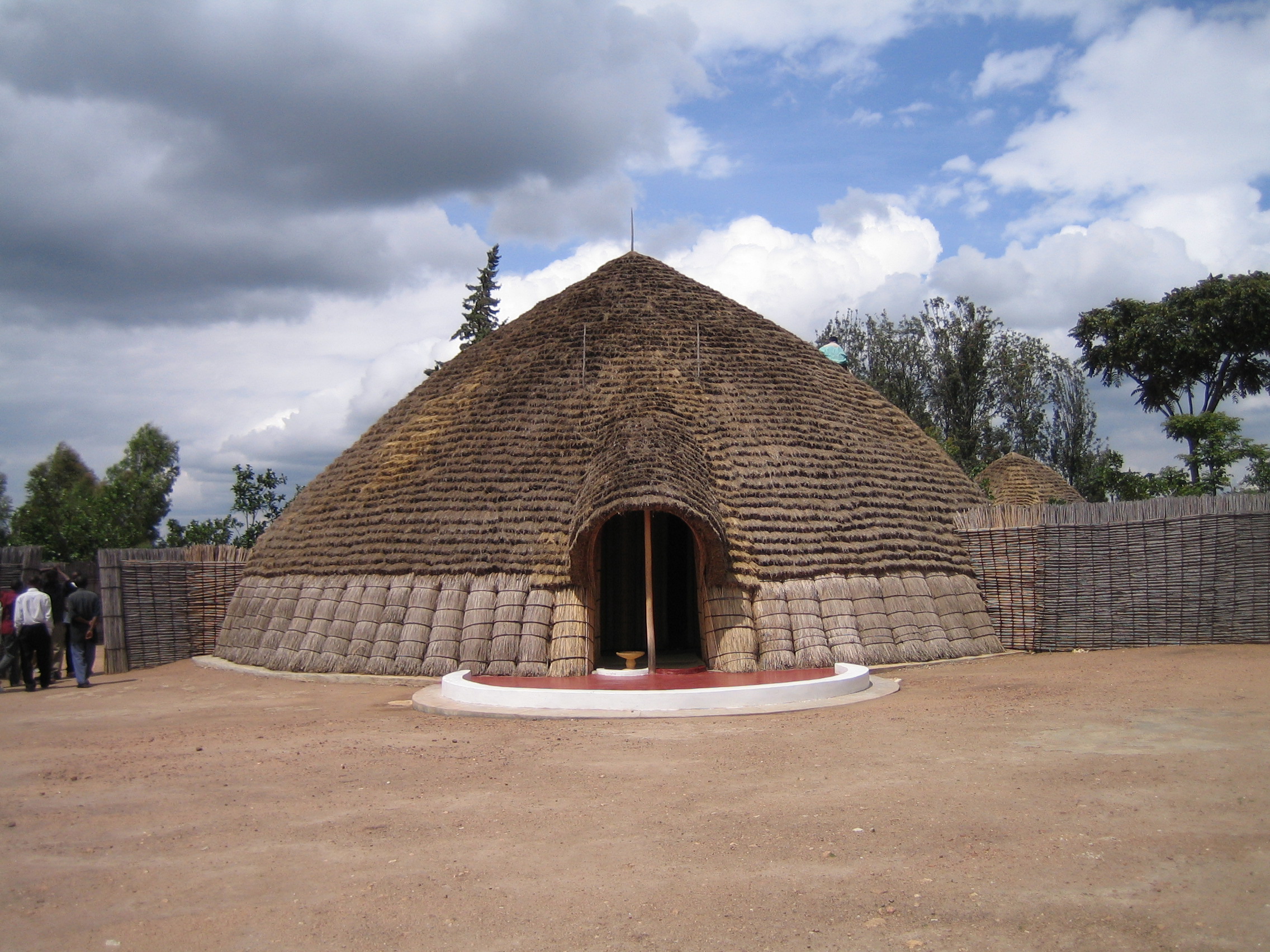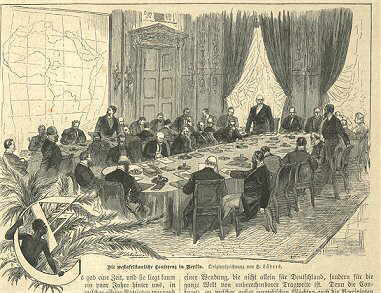|
Rwandan Revolution
The Rwandan Revolution, also known as the Hutu Revolution, Social Revolution, or Wind of Destruction ( rw, muyaga), was a period of ethnic violence in Rwanda from 1959 to 1961 between the Hutu and the Tutsi, two of the three ethnic groups in Rwanda. The revolution saw the country transition from a Tutsi monarchy under Belgian colonial authority to an independent Hutu-dominated republic. Rwanda had been ruled by a Tutsi monarchy since at least the 18th century, with entrenched pro-Tutsi and anti-Hutu policies. Germany and Belgium successively controlled Rwanda through the early 20th century, with both European nations ruling through the kings and perpetuating a pro-Tutsi policy. After 1945, a Hutu counter-elite developed, leading to the deterioration of relations between the groups. The Tutsi leadership agitated for speedy independence to cement their power, and the Hutu elite called for the transfer of power from Tutsi to Hutu, a stance increasingly supported by the Roman Catho ... [...More Info...] [...Related Items...] OR: [Wikipedia] [Google] [Baidu] |
Rwanda
Rwanda (; rw, u Rwanda ), officially the Republic of Rwanda, is a landlocked country in the Great Rift Valley of Central Africa, where the African Great Lakes region and Southeast Africa converge. Located a few degrees south of the Equator, Rwanda is bordered by Uganda, Tanzania, Burundi, and the Democratic Republic of the Congo. It is highly elevated, giving it the soubriquet "land of a thousand hills", with its geography dominated by mountains in the west and savanna to the southeast, with numerous lakes throughout the country. The climate is temperate to subtropical, with two rainy seasons and two dry seasons each year. Rwanda has a population of over 12.6 million living on of land, and is the most densely populated mainland African country; among countries larger than 10,000 km2, it is the fifth most densely populated country in the world. One million people live in the Capital city, capital and largest city Kigali. Hunter-gatherers settled the territory in the St ... [...More Info...] [...Related Items...] OR: [Wikipedia] [Google] [Baidu] |
Pygmy Peoples
In anthropology, pygmy peoples are ethnic groups whose average height is unusually short. The term pygmyism is used to describe the phenotype of endemic short stature (as opposed to disproportionate dwarfism occurring in isolated cases in a population) for populations in which adult men are on average less than tall. The term is primarily associated with the African Pygmies, the hunter-gatherers of the Congo Basin (comprising the Bambenga, Bambuti and Batwa). The terms "Asiatic Pygmies" and "Oceanian pygmies" have been used to describe the Negrito populations of Southeast Asia and Australo-Melanesian peoples of short stature. The Taron people of Myanmar are an exceptional case of a "pygmy" population of East Asian phenotype. Etymology The term ''pygmy'', as used to refer to diminutive people, derives from Greek πυγμαῖος ''pygmaios'' via Latin ''Pygmaei'' (sing. ''Pygmaeus''), derived from πυγμή – meaning a short forearm cubit, or a measure of length corre ... [...More Info...] [...Related Items...] OR: [Wikipedia] [Google] [Baidu] |
Gustav Adolf Von Götzen
Gustav Adolf Graf von Götzen (12 May 1866 – 2 December 1910) was a German colonizer and Governor of German East Africa. He came to Rwanda in 1894 becoming the second European to enter the territory, since Oscar Baumann’s brief expedition in 1892, and later, he became the first European to cross the entire territory of Rwanda. Götzen was later governor of German East Africa (1901–1906). Early life Count von Götzen was born into a comital family at their main residence, Scharfeneck Castle, back then in the Kingdom of Prussia, German Confederation. In present-day Poland and now called Sarny Castle, the castle and the adjoining summer palace, as well as the castle chapel in which he may have been baptized, still exist despite decades of disrepair in the communist era. Von Götzen studied law at the universities of Paris, Berlin and Kiel between 1884 and 1887. He then joined the army, and became (in 1887) a Lieutenant in the 2nd Garde-Ulanen regiment. Between 1890 and 1891 ... [...More Info...] [...Related Items...] OR: [Wikipedia] [Google] [Baidu] |
German Empire
The German Empire (),Herbert Tuttle wrote in September 1881 that the term "Reich" does not literally connote an empire as has been commonly assumed by English-speaking people. The term literally denotes an empire – particularly a hereditary empire led by an emperor, although has been used in German to denote the Roman Empire because it had a weak hereditary tradition. In the case of the German Empire, the official name was , which is properly translated as "German Empire" because the official position of head of state in the constitution of the German Empire was officially a "presidency" of a confederation of German states led by the King of Prussia who would assume "the title of German Emperor" as referring to the German people, but was not emperor of Germany as in an emperor of a state. –The German Empire" ''Harper's New Monthly Magazine''. vol. 63, issue 376, pp. 591–603; here p. 593. also referred to as Imperial Germany, the Second Reich, as well as simply Germany, ... [...More Info...] [...Related Items...] OR: [Wikipedia] [Google] [Baidu] |
Berlin Conference (1884)
The Berlin Conference of 1884–1885, also known as the Congo Conference (, ) or West Africa Conference (, ), regulated European colonisation and trade in Africa during the New Imperialism period and coincided with Germany's sudden emergence as an imperial power. The conference was organized by Otto von Bismarck, the first chancellor of Germany. Its outcome, the General Act of the Berlin Conference, can be seen as the formalisation of the Scramble for Africa, but some historians warn against an overemphasis of its role in the colonial partitioning of Africa, and draw attention to bilateral agreements concluded before and after the conference. The conference contributed to ushering in a period of heightened colonial activity by European powers, which eliminated or overrode most existing forms of African autonomy and self-governance. Of the fourteen countries being represented, six of them – Austria-Hungary, Russia, Denmark, the Netherlands, Sweden–Norway, and the Unite ... [...More Info...] [...Related Items...] OR: [Wikipedia] [Google] [Baidu] |
Corvée
Corvée () is a form of unpaid, forced labour, that is intermittent in nature lasting for limited periods of time: typically for only a certain number of days' work each year. Statute labour is a corvée imposed by a state for the purposes of public works. As such it represents a form of levy (taxation). Unlike other forms of levy, such as a tithe, a corvée does not require the population to have land, crops or cash. The obligation for tenant farmers to perform corvée work for landlords on private landed estates was widespread throughout history before the Industrial Revolution. The term is most typically used in reference to medieval and early modern Europe, where work was often expected by a feudal landowner (of their vassals), or by a monarch of their subjects. The application of the term is not limited to that time or place; the corvée has existed in modern and ancient Egypt, ancient Sumer, ancient Rome, China, Japan, everywhere in continental Europe, the Incan civi ... [...More Info...] [...Related Items...] OR: [Wikipedia] [Google] [Baidu] |
Ubuhake
''Ubuhake'' is the name given to the social order in Rwanda and Burundi from approximately the 15th century to 1958. It has been frequently compared to European feudalism. Based on cattle distribution, it was, however, a much smaller system than the one of ''uburetwa,'' which affected a much larger segment of the population and was based on land distribution. The Tutsi monarchy used the land distribution system of ''uburetwa'' to centralise control of the lands in most of Rwanda in a system called igikingi. Only the northwest of Rwanda, where Hutu land owners refused to submit, were not part of igikingi. The two dominant ethnic groups in both Rwanda and Burundi are the Tutsis and Hutus. One of the chief historical distinctions between them was that Tutsis were primarily cattle-raisers while Hutus were farmers. Initially, the ''ubuhake'' contract stipulated that Hutus were entitled to use Tutsis cattle in exchange for service, be it personal or military. Similarly, land tha ... [...More Info...] [...Related Items...] OR: [Wikipedia] [Google] [Baidu] |
Kigeli IV Of Rwanda
Kigeli IV Rwabugiri (1840? - November 1895) was the king (''mwami'') of the Kingdom of Rwanda in the mid-nineteenth century. He was among the last Nyiginya kings in a ruling dynasty that had traced their lineage back four centuries to Gihanga, the first 'historical' king of Rwanda whose exploits are celebrated in oral chronicles. He was a Tutsi with the birth name Sezisoni. He was the first king in Rwanda's history to come into contact with Europeans. He established an army equipped with guns he obtained from Germans and prohibited most foreigners, especially Arabs, from entering his kingdom. Rwabugiri held authority from 1853 to 1895. He died in November 1895, during an expedition in modern-day Congo, shortly after the arrival of the German explorer Count Gustav Adolf von Götzen. His adopted son, Mibambwe IV Rutarindwa, was proclaimed the next king. By the end of Rwabugiri's rule, Rwanda was divided into a standardized structure of provinces, districts, hills, and neighb ... [...More Info...] [...Related Items...] OR: [Wikipedia] [Google] [Baidu] |
Lake Muhazi
Lake Muhazi ( rw, Ikiyaga cya Muhazi) is a long thin shallow lake in the east of Rwanda. The bulk of the lake lies in the Eastern Province, with the western end forming the border between the Northern and Kigali Provinces.UN Field Support It is a flooded valley lake, lying predominantly in an east to west direction, but with numerous offshoots in a north to south direction, formerly the location of tributaries.Briggs & Booth p218 The lake has a concrete dam at the western end, constructed in 1999 to replace an earth dam which had existed since time immemorial. The lake empties into the Nyabugogo River, which flows southwards to Kigali where it meets the Nyabarongo River, part of the upper Nile. Description Lake Muhazi is located in the eastern part of Rwanda, at coordinates . It is accessible from three of Rwanda's primary routes. The Kigali to Gatuna road passes close to the lake's western end, the Kigali to Kayonza road, which runs parallel to the lake to the south; finally, ... [...More Info...] [...Related Items...] OR: [Wikipedia] [Google] [Baidu] |
Toparchy
''Toparchēs'' ( el, τοπάρχης, "place-ruler"), anglicized as toparch, is a Greek term for a governor or ruler of a district and was later applied to the territory where the toparch exercised his authority. In Byzantine times the term came to be applied to independent or semi-independent rulers in the periphery of the Byzantine world. Hellenistic usage The term originates in Hellenistic times, when ''topos'' (τόπος, "place, locale") was established as an administrative unit, most notably in the Ptolemaic Kingdom, but also among the Seleucids and Attalids, although less well attested in comparison to Ptolemaic practice. The Ptolemaic ''topos'' comprised a number of villages (''komai'', sing. ''komē'') under a ''toparchēs'' and was in turn a subdivision of the ''nomos'' ( nome or province), which was governed by a ''strategos''. In Ptolemaic Egypt, the ''toparches'' was usually an Egyptian, and was responsible for the collection of revenue and administration, much as th ... [...More Info...] [...Related Items...] OR: [Wikipedia] [Google] [Baidu] |
Kingdom Of Rwanda
The Kingdom of Rwanda was a kingdom in East Africa which grew to be ruled by a Tutsi monarchy. It was later annexed under German and Belgian colonial rule while retaining some of its autonomy. The Tutsi monarchy was abolished in 1961 after ethnic violence between the Hutu and Tutsi during the Rwandan Revolution. After a 1961 referendum, Rwanda became a Hutu-dominated republic and received its independence from Belgium in 1962. After the revolution, the last ruling monarch, Kigeli V, was exiled and he eventually settled in the United States. A court in exile has been maintained outside Rwanda ever since the abolition of the monarchy. As of 9 January 2017, the current proclaimed King of Rwanda is Yuhi VI. History In the 15th century, one kingdom, under King Gihanga, managed to incorporate several of its close neighbor territories establishing the Kingdom of Rwanda. The Hutu majority, 82–85% of the population, were mostly free peasants while the kings, known as Mwami, ... [...More Info...] [...Related Items...] OR: [Wikipedia] [Google] [Baidu] |
Clans Of Rwanda
In the African Great Lakes region, the clan is a unit of social organisation. It is the oldest societal structure in the region, other than family and direct lineage. The structure is found in modern-day Rwanda, Burundi, Tanzania and Uganda. Etymology The term ''clan'' was first used in the nineteenth century by Europeans, due to the similarities to other clan systems found across the world. The people of the area use a variety of vernacular terms to describe the concept: ''ubwoko'' in Rwanda, ''umuryango '' in Burundi, ''ruganda'' in the Bunyoro Bunyoro or Bunyoro-Kitara is a Bantu kingdom in Western Uganda. It was one of the most powerful kingdoms in Central and East Africa from the 13th century to the 19th century. It is ruled by the King ('' Omukama'') of Bunyoro-Kitara. The cur ... and Buhaya kingdoms, ''igise'' in Buha, ''ishanja'' in Buhavu and ''ebika'' in Buganda. Description Clan membership is a loose concept, with the correlation to lineage based more on o ... [...More Info...] [...Related Items...] OR: [Wikipedia] [Google] [Baidu] |




